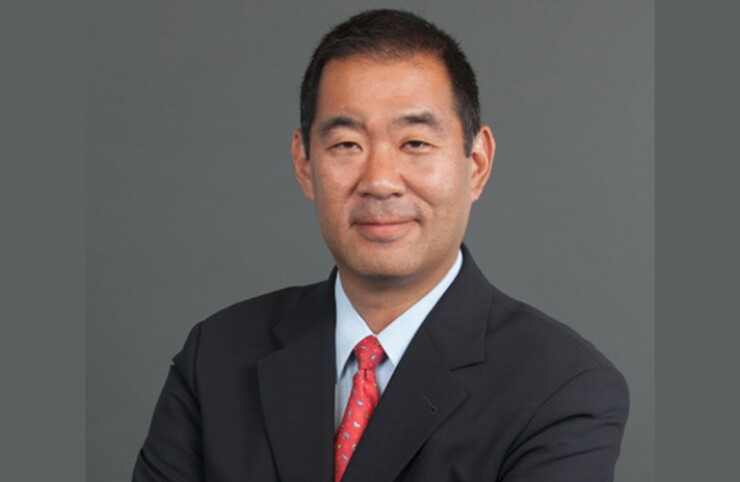Why rates, climate and infrastructure needs will drive issuance


Record bond volume, a focus on climate, more floating-rate debt and broader integration of municipals into fixed-income markets is on the horizon for the public finance industry.
Those are among the factors that will lead to market growth in 2025 and beyond, panelists at this week’s Bond Buyer California Public Finance conference said.
The increase in issuance in 2024 has been “really striking,” said Rob Dailey, executive vice president and head of public finance at PNC Capital Markets. He noted the market has been more receptive to larger issues in the primary, as a record number of billion-plus deals have cleared the market this year. He doesn’t see that slowing.
“The market’s more receptive to larger issues, and to a great degree, I think there are incentives to go bigger,” Dailey said. “You don’t get quite the same execution if you’re going to go smaller, which I see as a further step in the integration of the municipal bond market with other bond markets, corporate and other taxable markets.”
Dailey, on the opening panel at the San Francisco event, said the market is seeing an “opening up of technique and approach” in the muni space, including the definition of public-private partnerships, which has “continually expanded to the point now where we have nearly endless permutation of what structures work depending on the individual circumstances.”
However the deals are structured, most prognosticators predict more than $500 billion of issuance in 2025, noted Gary Hall, president and head of infrastructure and public finance at Siebert Williams Shank & Co., LLC.
Some is being driven by the notion of “aspirational infrastructure, whether it be leveraging federal dollars to create more regionalization or resiliency – because we need to raise sea walls or have new sources of clean water – these sort of aspirational mega projects are going to start to take hold in our marketplace, and we start to see seeds of that,” Hall said.
Andy Nakahata, director and head of the Western Region for TD Securities, said climate change will play a role in growth.
He thinks California is “taking a very bold step” with its $10 billion
“We need real investment there,” Nakahata said. “I think that’s going to be interesting to see whether, one, if it passes, and two, if that becomes a leader nationally in terms of thoughts and efforts around climate change and how to deal with what’s really becoming a national crisis.”
Hall said “core infrastructure,” which needs to be repaired and restored, will lead to part of the growth. “Everyone knows that we have an aging infrastructure landscape in the country.”
Rhonda Chu, managing director of finance at the San Francisco International Airport, said she understands the importance of taking on debt.
“From my practitioner perspective, we’re going to ride the wave, meaning we’ve got a lot of investments that we need to finance,” she said. “We can’t really time the market and wait for certain things to happen. We have a longer-term perspective.”
Much of what happens with new bond volume depends on central bank policymaking, Hall said. “If we get some cooperation from the Fed, and it looks like we may, we can have a return of a flood of refinancings,” he said.
“We think there are a tremendous amount of callable bonds in play for the next 36 months,” Hall said.
Once yields begin to fall, there will be a more normalized yield curve, which will “broaden out the degree or the scope of financial products that people are using, Dailey said. “I expect more variable-rate bonds, for instance, to come back when we get an upwardly sloping curve.”
As interest rates continue to come down, “we will see people reach down the credit scale,” Nakahata said.
“Investors are looking to buy where there are good opportunities, but where they will get paid for it too,” he added.
Dailey also said the way in which issuers are “telling their story” will help market growth.
“We’ve had a huge focus for a long time on disclosure transparency,” he said.
“There’s a great disparity in how some issuers do it versus others, and I think that we’re going to continue to push toward a kind of more current state-of-the-art standard on that,” he said.
“We haven’t seen the credit cycle hit yet, and that had been predicted for most of the past 18 to 24 months. So at some point that will turn,” he added.
The great unknown, panelists said, is how things play out based on whether Vice President Kamala Harris or former President Donald Trump wins the election in two weeks.
“On a macro level, we are all waiting to see what happens in the presidential election,” Nakahata said. “There are two very different candidates with two very different views, especially when it comes to infrastructure.”
Keeley Webster contributed to this story.
